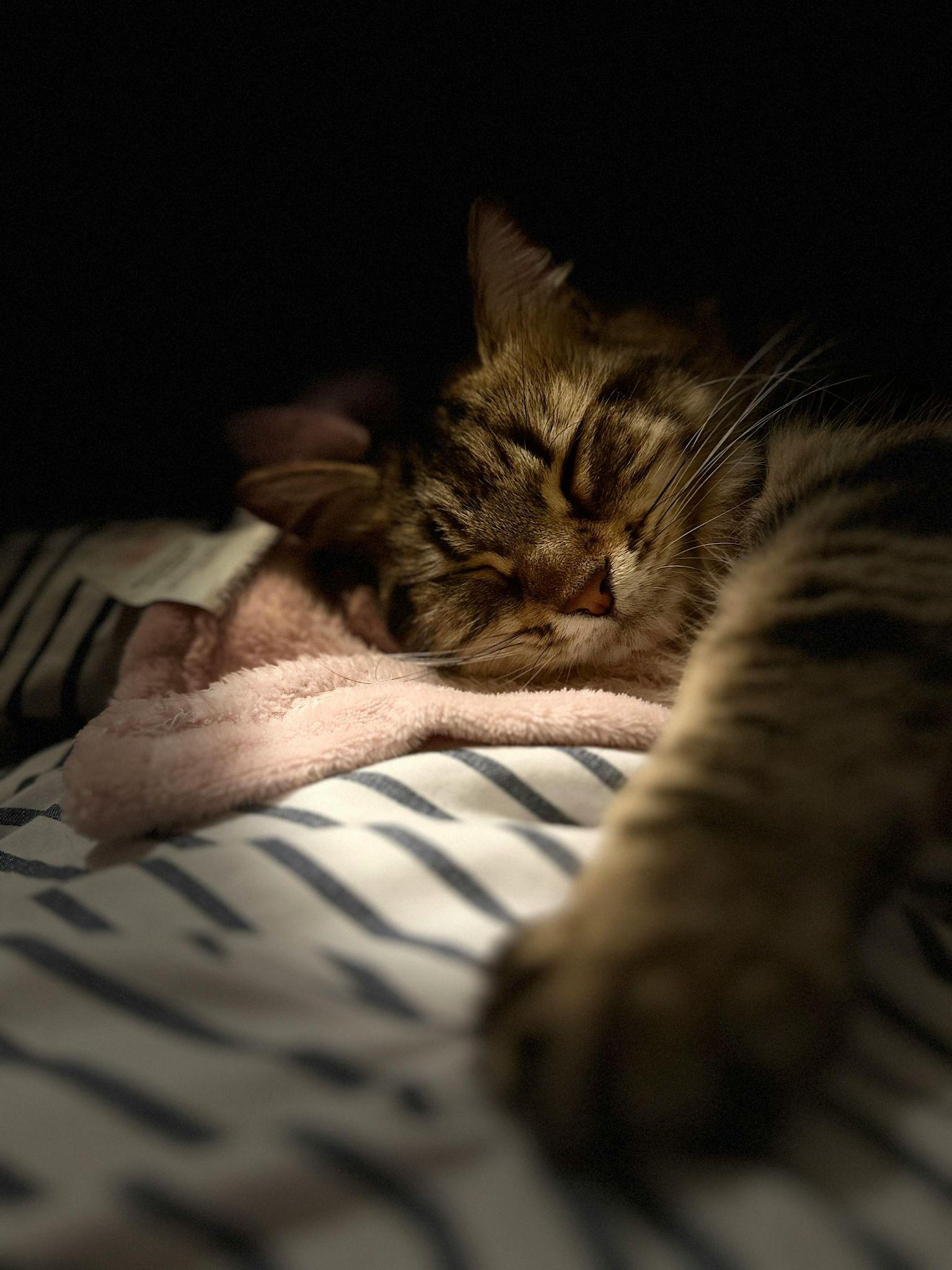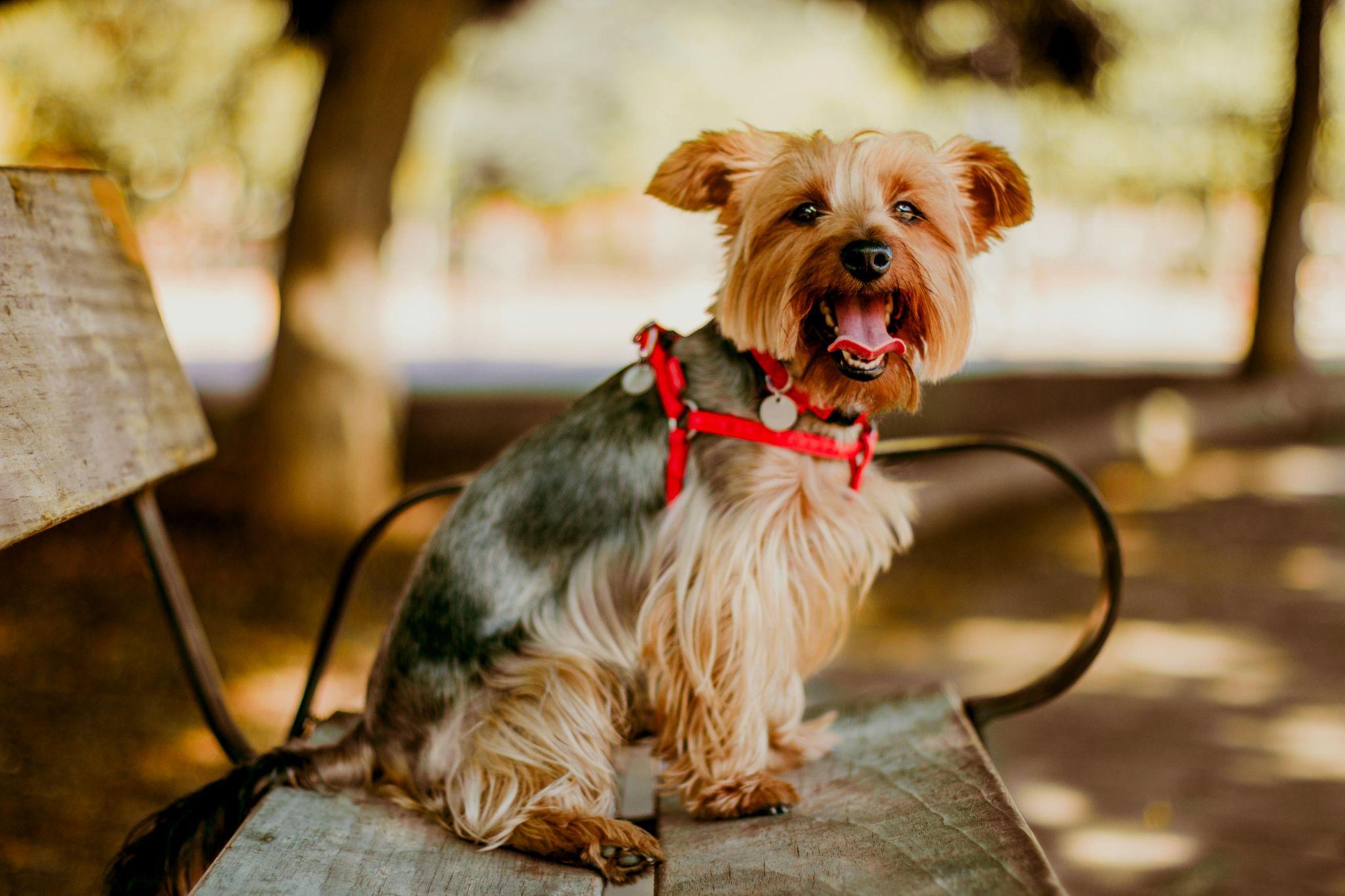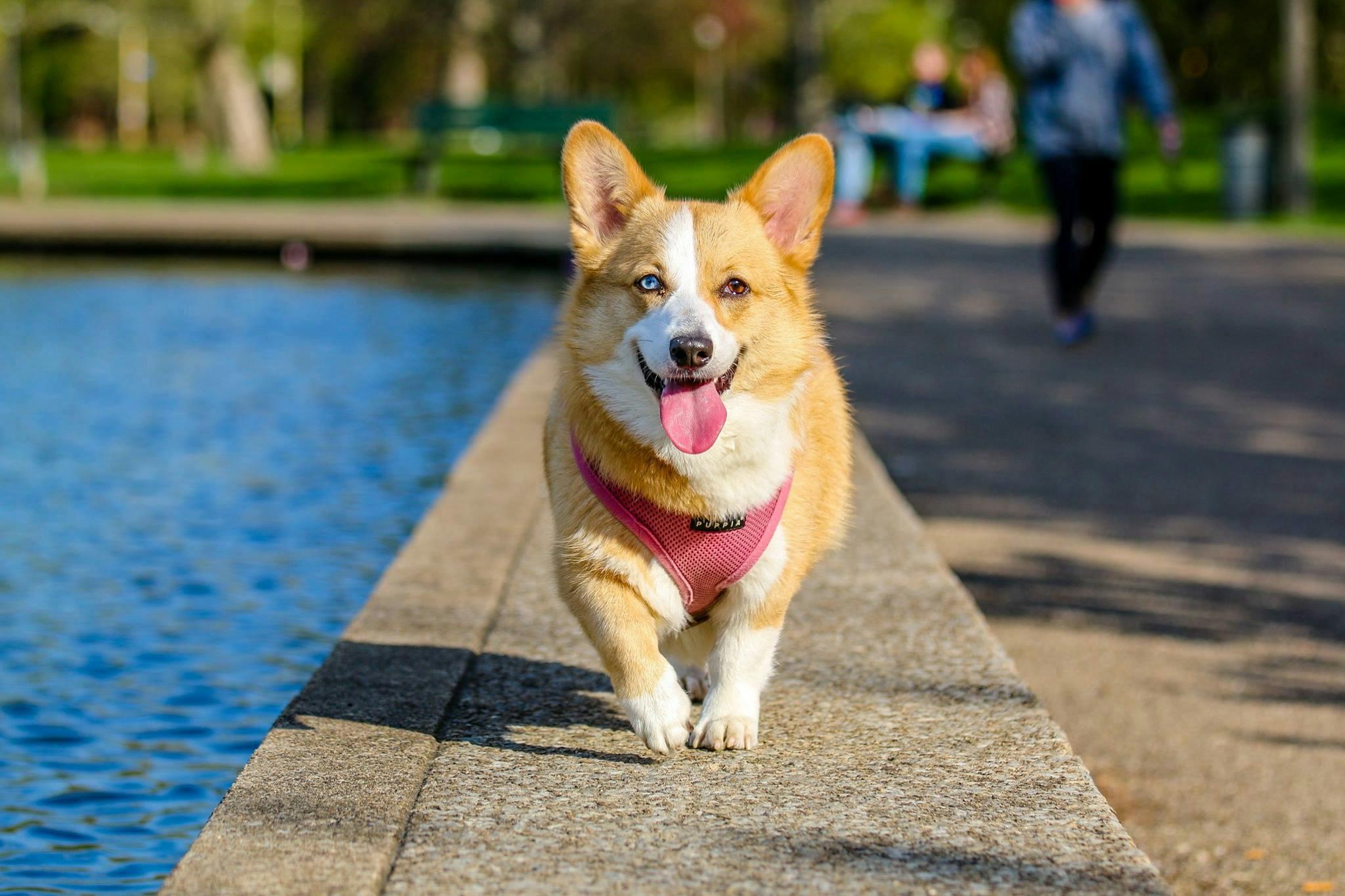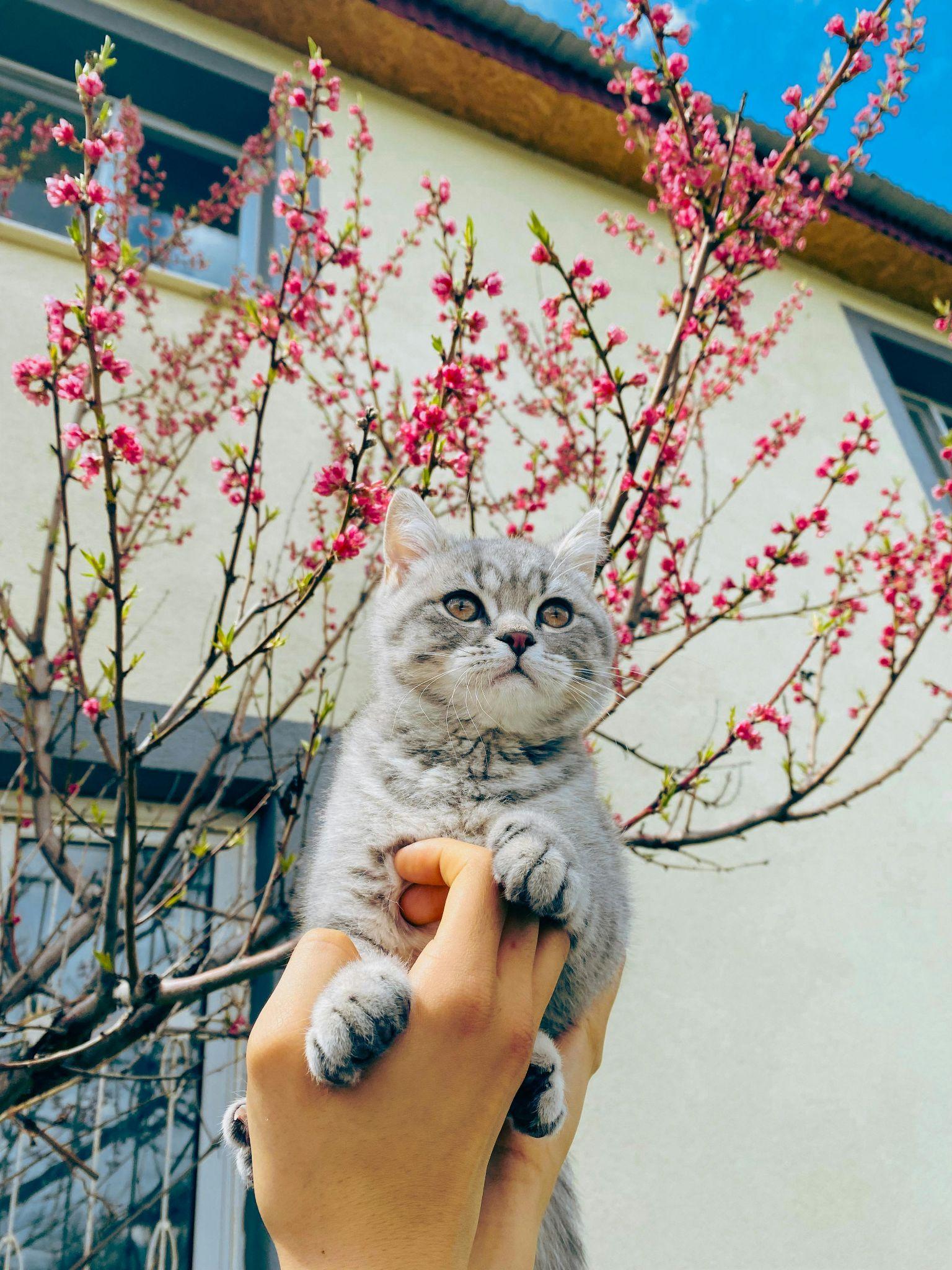Separation anxiety in pets is a common issue many pet owners face, and it can be distressing for both the pet and the owner. Fortunately, there are effective ways to manage and alleviate this anxiety. This article provides practical tips and strategies on how to handle pet separation anxiety, ensuring that your furry friend remains happy and healthy even when you’re not around.
Understanding Pet Separation Anxiety
What is Pet Separation Anxiety?

Pet separation anxiety occurs when a pet becomes overly anxious or stressed when left alone or separated from their owner. This anxiety can manifest in various behaviors, such as excessive barking, destructive chewing, or even attempting to escape. It is more common in dogs, particularly in small pet breeds, but it can also affect cats and other animals.
Why Do Pets Develop Separation Anxiety?
Separation anxiety can develop for several reasons: https://truepetslove.com/product/oneisall-dog-grooming-kit/
- Change in Routine: Pets thrive on routine. Any significant change, such as a new work schedule or moving to a new home, can trigger anxiety.
- Previous Trauma: Pets that have been rehomed or have experienced abandonment are more prone to anxiety.
- Lack of Socialization: Pets that have not been properly socialized may struggle with being alone.
- Genetic Factors: Some small pet breeds and large pet breeds may be genetically predisposed to anxiety.
Signs of Pet Separation Anxiety

Recognizing the signs of separation anxiety is crucial for addressing the issue effectively. Common signs include:
- Excessive barking or howling when left alone
- Destructive behavior (chewing furniture, digging, scratching doors)
- House soiling (urinating or defecating indoors)
- Pacing or restlessness
- Attempting to escape or break out of the house
How to Handle Pet Separation Anxiety
Create a Safe and Comfortable Environment
Designate a Safe Space
Create a designated safe space where your pet feels secure. This could be a specific room or a cozy corner with their favorite toys and bedding.
Provide Mental Stimulation
Boredom can exacerbate anxiety. Provide toys that challenge your pet mentally, such as puzzle feeders or treat-dispensing toys. These can keep your pet occupied and distracted when you’re not around.
Gradual Desensitization
 https://truepetslove.com/the-best-grooming-products-for-your-pet/
https://truepetslove.com/the-best-grooming-products-for-your-pet/
Short Departures
Start by leaving your pet alone for short periods and gradually increase the duration. This helps your pet get used to your absence without feeling overwhelmed.
Practice Calm Departures and Arrivals
Avoid making a big deal out of leaving or returning home. This reduces the anticipation and anxiety associated with your departures and arrivals.
Establish a Routine
Consistent Schedule
Maintain a consistent feeding, walking, and playtime schedule. Pets, especially small pet breeds and large pet breeds, thrive on routine and predictability.
Training and Positive Reinforcement
Basic Commands

Teach your pet basic commands such as “sit,” “stay,” and “come.” These commands can help manage their behavior and provide structure.
Reward Calm Behavior
Reward your pet for staying calm when you leave or return. Positive reinforcement can help them associate your departure with positive experiences.
Use of Comforting Aids
Calming Music or White Noise
Playing calming music or white noise can help soothe your pet and mask external noises that might trigger anxiety.
Pheromone Diffusers
Pheromone diffusers mimic natural calming pheromones and can create a calming environment for your pet.
When to Seek Professional Help?
Sometimes, pet separation anxiety may require professional intervention. Consult a vet or a professional pet behaviorist if:
- Your pet’s anxiety is severe or worsening
- Self-help strategies are not effective
- Your pet is injuring themselves or causing significant damage
Case Study: Bella’s Journey with Separation Anxiety
Bella, a Small Pet Breed with Big Anxiety https://truepetslove.com/
Bella, a small pet breed, struggled with severe separation anxiety after her owner started a new job. Her owner, Jane, noticed excessive barking and destructive behavior whenever she left the house.
Implementing the Strategies

Jane created a safe space for Bella and introduced puzzle feeders to keep her mentally stimulated. She practiced short departures and used positive reinforcement to reward calm behavior. Additionally, Jane played calming music to soothe Bella during her absence.
The Outcome
Within a few weeks, Bella’s anxiety significantly reduced. She became more relaxed when Jane left and no longer engaged in destructive behavior. The combination of these strategies helped Bella manage her separation anxiety effectively.
Handling pet separation anxiety requires patience, consistency, and a combination of strategies tailored to your pet’s needs. By creating a safe environment, establishing a routine, and using positive reinforcement, you can help your furry friend feel more secure when left alone. Remember, if the anxiety persists or worsens, seeking professional help from a vet or a pet behaviorist is crucial. Your pet’s well-being is paramount, and with the right approach, you can ensure they remain happy and healthy even in your absence.
